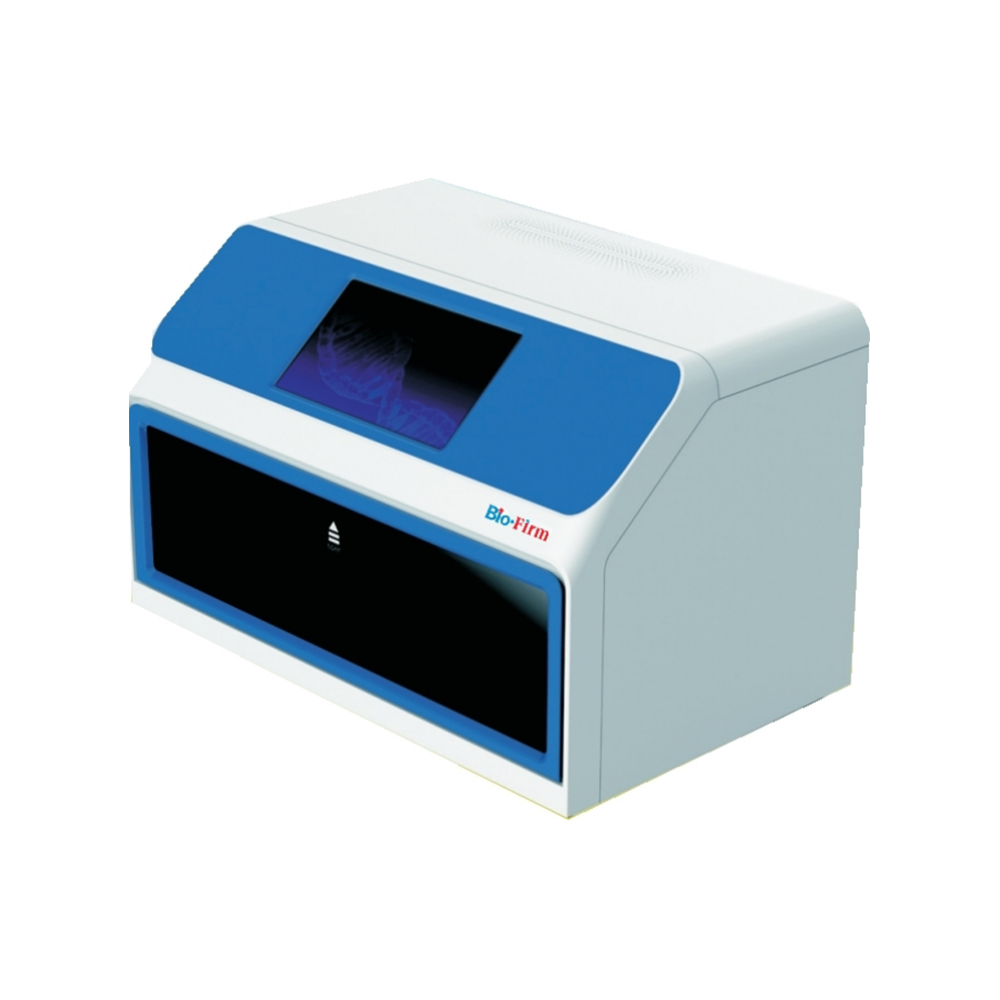Jul 01,2022
When selecting a nucleic acid purification instrument for specific research needs, consider the following key features:
Throughput Capacity: Evaluate the instrument's ability to process multiple samples simultaneously. High-throughput capabilities are essential for large-scale studies or clinical applications.
Purification Method: Different instruments utilize various methods (e.g., silica-based, magnetic beads, or spin-column techniques). Choose one that aligns with your sample type and desired purity level.
Sample Compatibility: Ensure the instrument can effectively handle the specific biological samples you work with, whether they are blood, tissue, cells, or environmental samples.
Automation and User-Friendliness: Look for automated features that simplify the workflow and reduce manual intervention. User-friendly interfaces and protocols can enhance efficiency and minimize errors.
Reproducibility and Quality Control: The ability to provide consistent, high-quality nucleic acid yields is crucial. Consider instruments with built-in quality control measures to monitor the process and outcomes.
Flexibility and Customization: Instruments that allow for customizable protocols can be advantageous, enabling adjustments based on varying sample types or experimental conditions.

Speed and Efficiency: Assess the processing times for different purification protocols. Faster instruments can significantly improve workflow efficiency in high-demand settings.
Maintenance and Support: Consider the ease of maintenance and availability of technical support or service contracts. Reliable customer service can be crucial for minimizing downtime.
Data Management Integration: Look for instruments that can easily integrate with laboratory information management systems (LIMS) for effective data tracking and analysis.
Cost and Budget: Finally, evaluate the overall cost, including initial purchase price, consumables, and maintenance expenses, to ensure it fits within your research budget.



 Español
Español
 Français
Français
 Deutsch
Deutsch
 عربى
عربى








